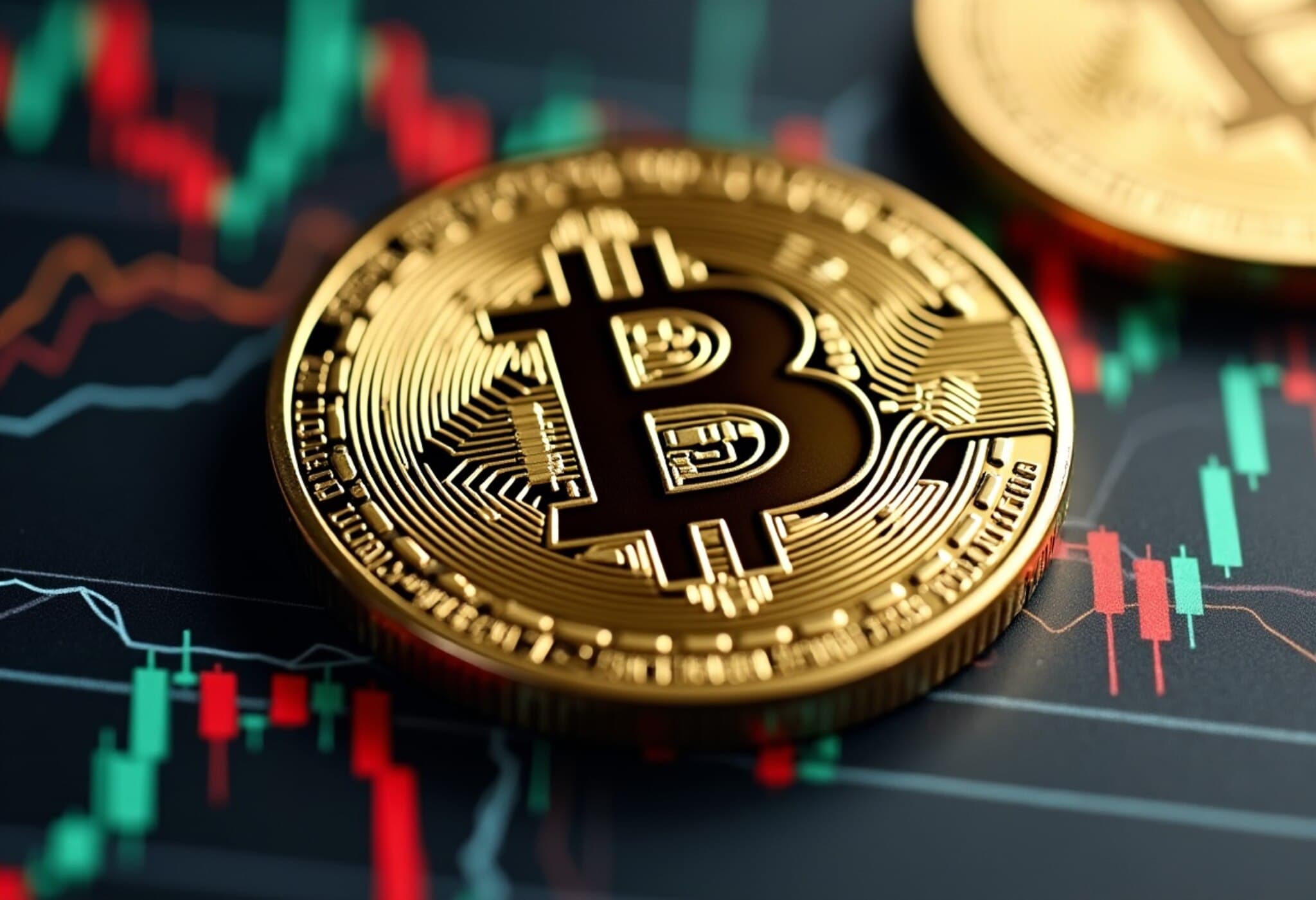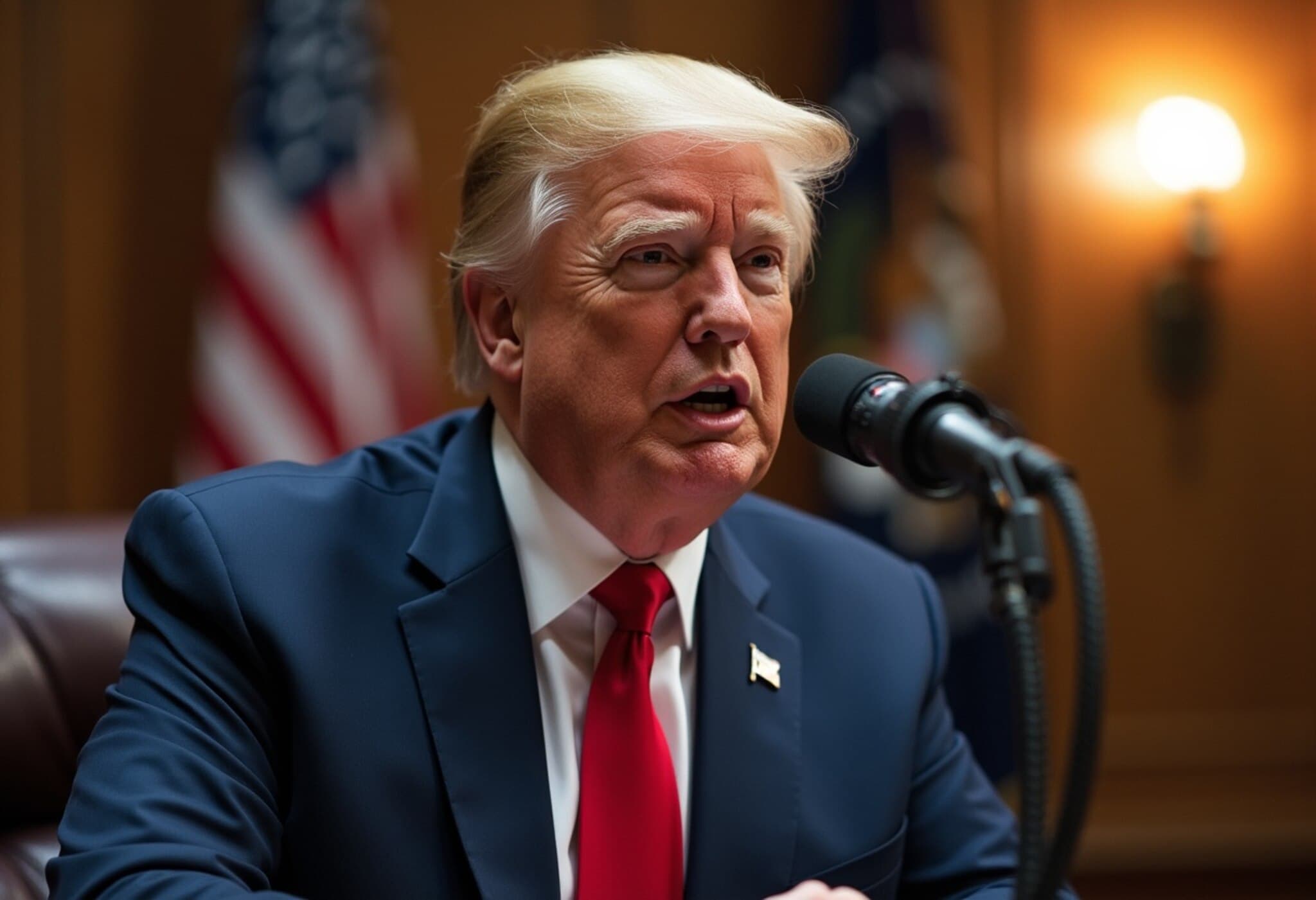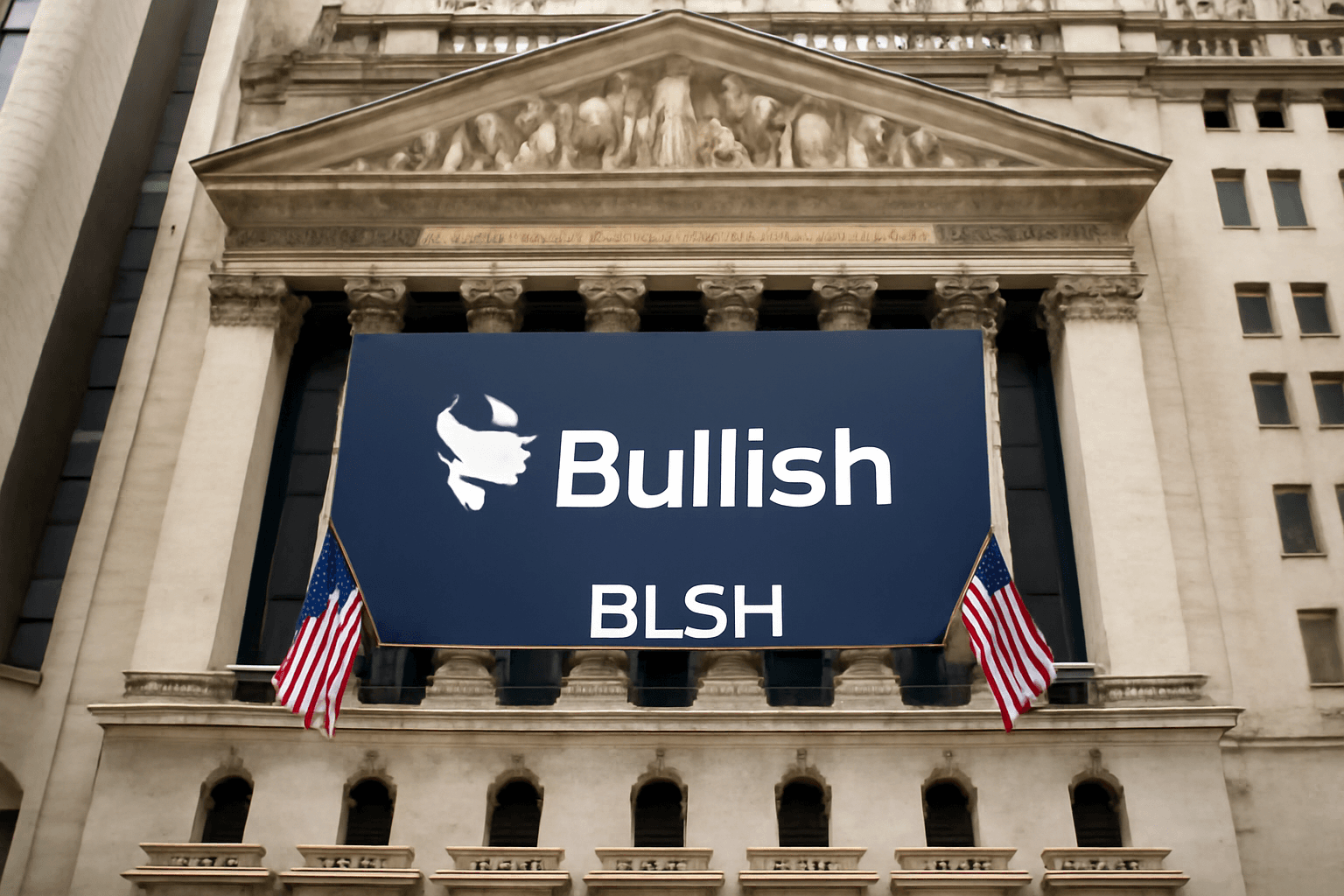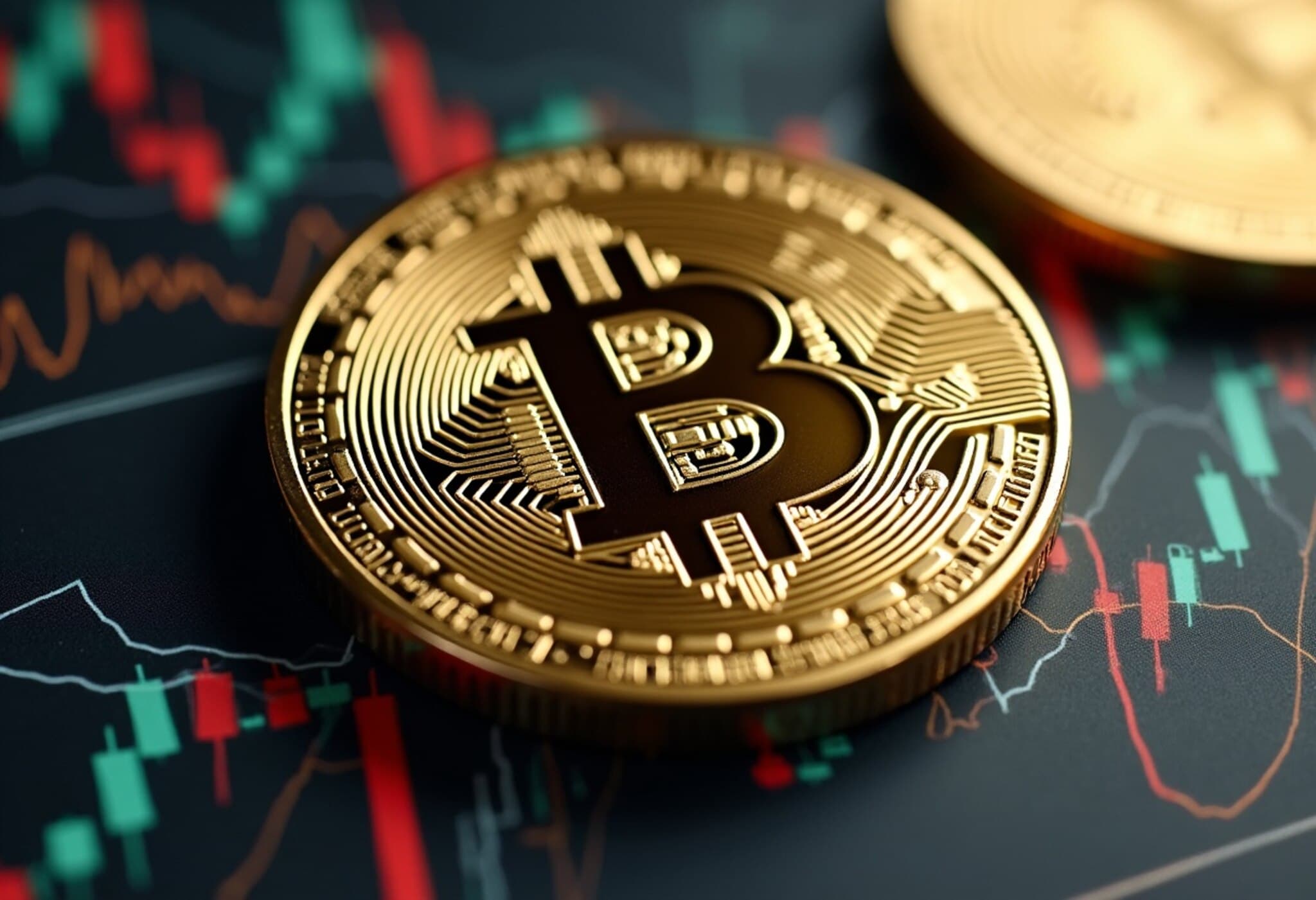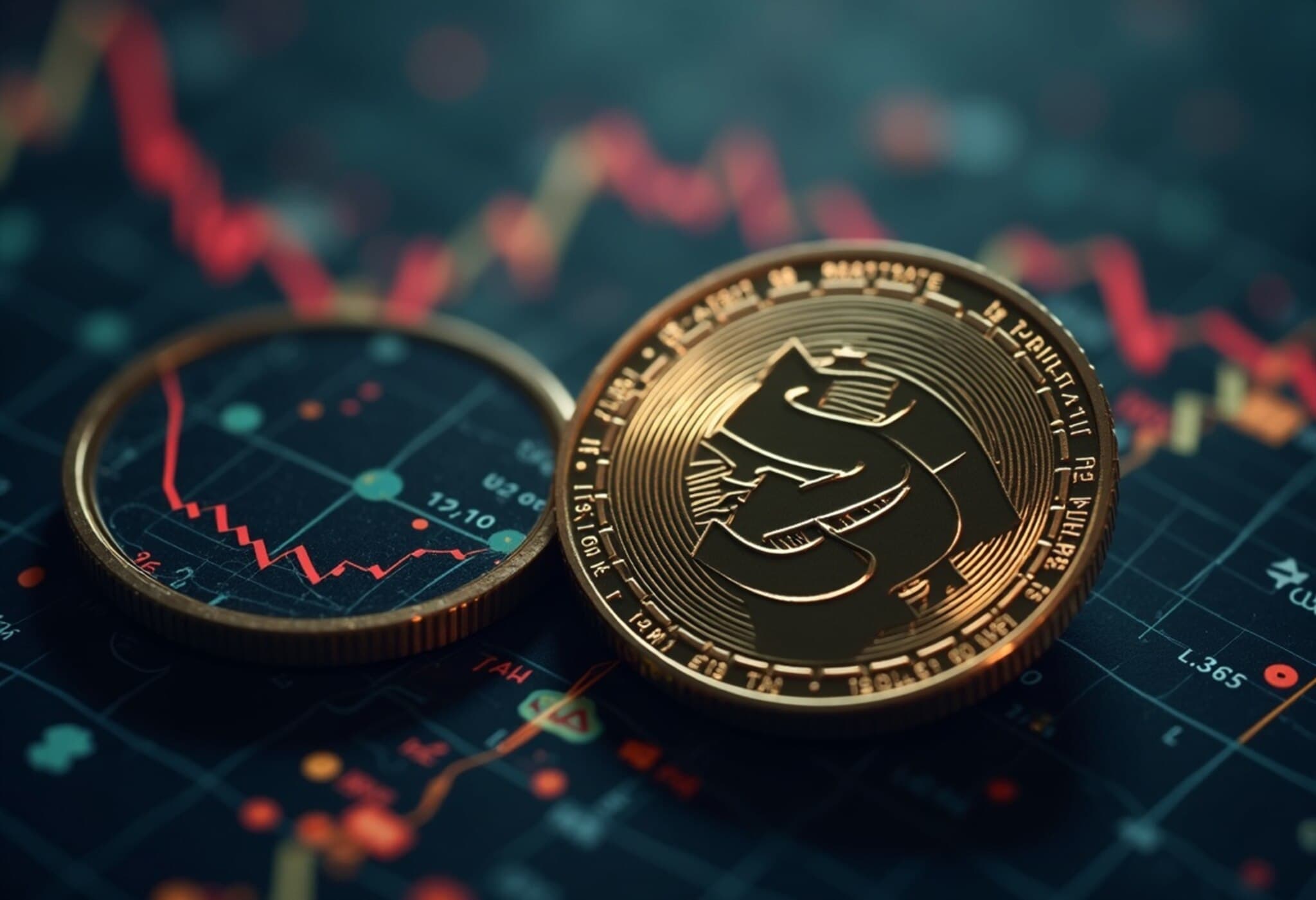Bitcoin’s Recent Rally Faces Headwinds Amid Market Uncertainty
Bitcoin has surged to new heights in 2025, captivating investors with its “digital gold” appeal. Since the market lows in early April, the flagship cryptocurrency has delivered a remarkable 54% return, eclipsing the S&P 500’s gains in the same period. However, experts at Piper Sandler are sounding a note of caution, highlighting Bitcoin’s persistent vulnerability to broader stock market dynamics and macroeconomic risks.
The Equities-Crypto Correlation Remains Tight
In a detailed research note released Tuesday, Michael Kantrowitz, Piper Sandler’s Chief Investment Strategist, emphasized that Bitcoin’s price movements continue to mirror equity market trends closely, especially during periods of increased risk aversion. “If we see a sell-off in risk assets triggered by macroeconomic shocks—such as renewed tariffs or shifts in interest rate expectations—Bitcoin would likely experience a parallel decline in the near term,” Kantrowitz explained.
This observation underscores that despite Bitcoin’s narrative as a non-correlated or alternative asset, it remains tethered to the broader risk sentiment that drives traditional markets. Notably, during episodes of uncertainty—such as the early April U.S. tariff announcements—the cryptocurrency retraced alongside the S&P 500, indicating a shared sensitivity to geopolitical and policy developments.
From Inflation Worries to a ‘Goldilocks’ Economy
Financial markets have undergone a dramatic shift in sentiment, moving from expectations of an inflationary recession to a more optimistic, “Goldilocks” scenario where economic conditions are balanced and neither too hot nor too cold. This pivot bolstered a relief rally benefiting particularly high beta, lower-quality stocks, and Bitcoin among other risk assets.
However, Piper Sandler cautions that this optimism may be fragile. The firm highlights the upcoming August 1 tariff deadline as a potential inflection point. Although current market pricing implies minimal risk from tariffs, any unexpected escalation could disrupt the delicate balance underpinning asset prices. Furthermore, expectations of rising consumer price index (CPI) readings over the next few months could challenge the narrative that interest rates will decline soon, potentially adding pressure on stocks and cryptocurrencies alike.
Seasonal Trends and Tactical Risk Management
August is traditionally a quieter, less liquid month for markets, often accompanied by increased volatility due to lower trading volumes. Piper Sandler’s recommendation to reduce exposure to the riskiest holdings, including some high-flying stocks and crypto positions, is less a bearish forecast and more a prudent risk management strategy amid these seasonal and macroeconomic uncertainties.
- Take profits: Trim stocks and assets that have enjoyed outsized gains since early April.
- Monitor macro risks: Keep an eye on tariff developments and inflation data that could unsettle markets.
- Expect volatility: Prepare for possible short-term pullbacks, particularly during the summer lull.
What This Means for Crypto Investors
While Bitcoin’s maturation has led to reduced volatility compared to its early years, the crypto market is not immune to the ebbs and flows of risk sentiment. Institutional adoption—through vehicles like Bitcoin ETFs—and corporate treasury involvement have supported recent gains. Yet, as with equities, the road ahead may be bumpy.
For investors, this underscores a fundamental truth in 2025’s market landscape: diversification and vigilance remain paramount. Bitcoin may still charm as a modern store of value, but its near-term trajectory will likely remain intertwined with how traditional markets digest policy shifts and economic data.
Expert Insights: Reading Between the Lines
From a policy and economic standpoint, the intertwining of crypto and equities raises important questions about systemic risk and investor behavior. The presumed independence of digital assets is challenged when market shocks ripple across asset classes simultaneously. This convergence invites regulatory consideration about market stability and investor protection in an increasingly interconnected financial ecosystem.
Moreover, the emphasis on tactical profit-taking without outright bearish sentiment suggests a market at a crossroads, where exuberance must be balanced with caution. As inflation metrics evolve and geopolitical tensions persist, the next few months will test the resilience of both traditional and digital asset markets.
Editor’s Note
Bitcoin’s spectacular rally in 2025 reflects growing institutional confidence and a shifting narrative towards its role as ‘digital gold.’ Yet, as Piper Sandler’s analysis reveals, this journey is not without risks. Investors should be mindful of Bitcoin’s deepening ties to broader market dynamics and remain alert to macroeconomic events—like tariff deadlines and inflation trends—that can unsettle even the most confident bulls.
Are we witnessing a new phase where crypto is fully integrated into the global financial system’s pulse, or do these correlations signal vulnerabilities that could amplify future market shocks? As summer’s typically quiet trading period approaches, strategic risk management might be the best shield for portfolios navigating uncertain waters.

